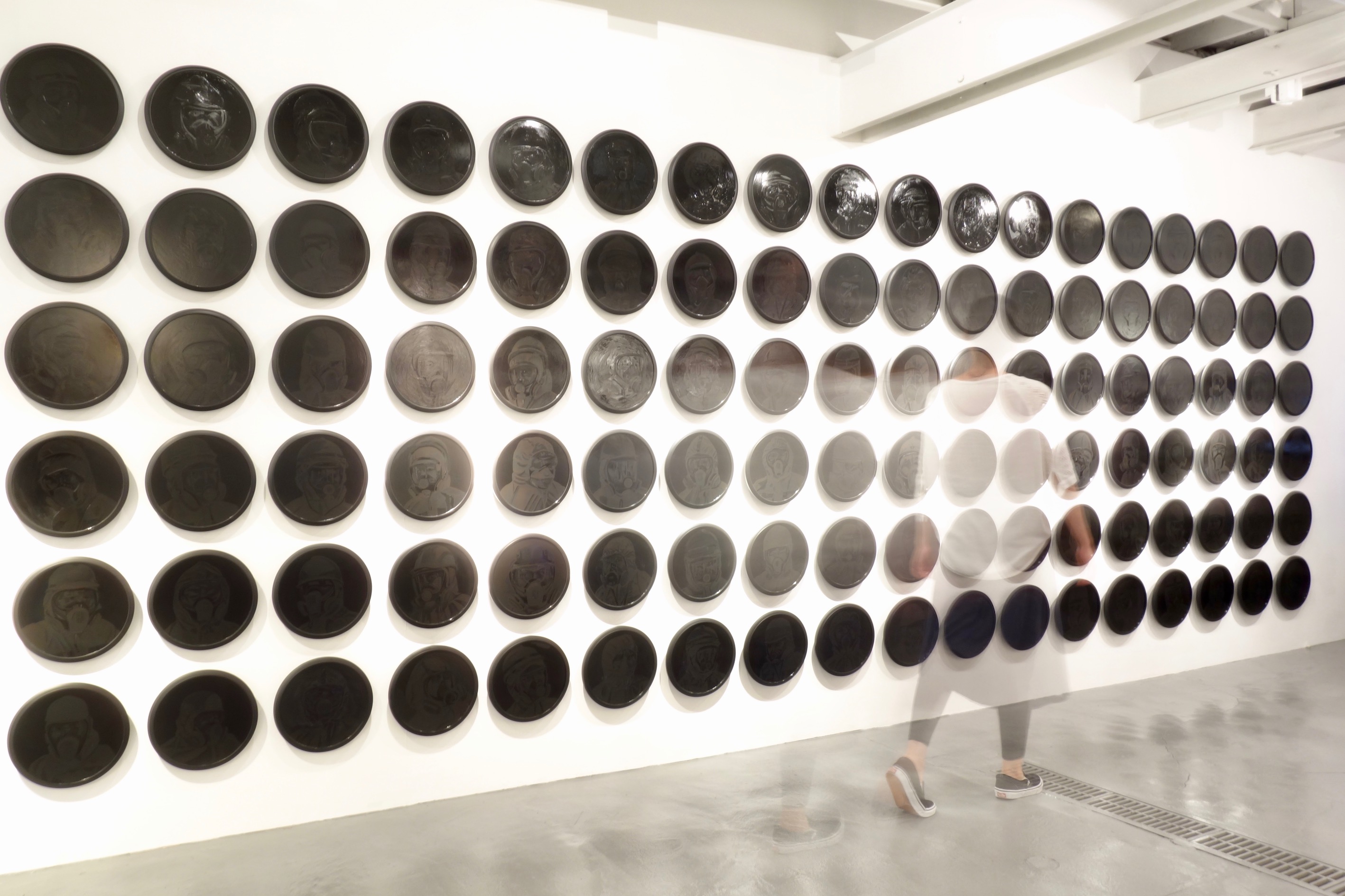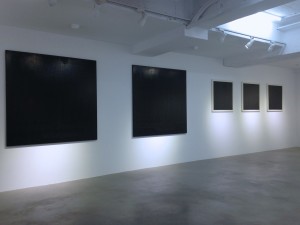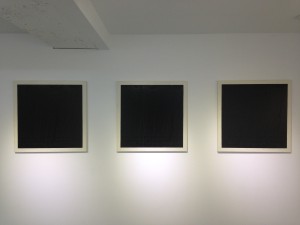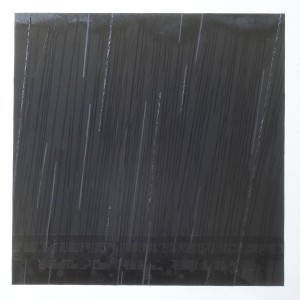2008,2010, 2011, 2012, 2013, 2014, 2015, 2016, 2017, WORKS(TOP)
劫後風景
The rhythm and tempo, as well as the sceneries every individual sees and perceives in their life always bring about differences under diverse time concepts. Fortunately, it is exactly due to these inevitable differences and their dissemination that allow the endless present, which will suddenly turn into another past moment, to generate distant yet powerful energies. These energies either transformed into the sun rising above the mountain ridge; stars glittering above the night sky; rain pouring down heavily; brutal typhoon damaging the hard works of the farmers; dewdrops falling from the leaf vein, or plants flourishing from the deserted ruins. It is these recurring signs of birth and extermination surrounding us every day that further reveal the looming concept of remaining sceneries(劫後風景)
In modern Chinese, the word「劫」has various meanings: it can mean ‘to threaten’, ‘to snatch’, ‘a person who robs’, or‘a way of eating the competitor`s chess pieces in the game of Go’. On the other hand, it is also the transliteration of “Kalpa” in Sanskrit or“Kappa”in Pali language, which bears the symbolic meaning of the maximum time unit in the ancient Indian Brahmanism. After Buddhism inherited this concept and later passed it onto China, the earliest monks in charge of translation transliterated the word into “劫波”, “劫跛”, “劫簸”, which means an uncountable length of time or the symbol of remains after a series of tragedy. The theme is often told in stories of Buddhist analects. However,the word had also been incorporated by numerous writers and poets later on in different dynasties. It can be found in a great number of poems and literature as a way to express the artists’ diversified thoughts and viewpoints about life, nature as well as the whole universe.
It is in this occasion that the exhibition “Remaining Sceneries” invites Japanese Artists Shinya Imanishi, Kota Hirakawa, and Taiwanese ArtistsLin Hsien-Chun, Huang Pin-Ling to further extend the concept of 「劫」from ancient literature to their own art creation.By viewing their works, we are able to peek into the artists` value influenced by the similar life philosophy in various degrees, and see how different artists use their creating process to reveal their unique perception of the elapse of time.
To bring about the most essential words, nothing comes from nowhere then the past of the human lifetime. Everything we see and experience is, and will become remaining sceneries. Although the perception and experience is hard to depict, with the companionship of the works created by these four talented artists, we seem to be able to bear a clear and peaceful mind and discuss“the dusty ashes blown away after the catastrophe”, as well as the “shimmering stars that could only exist in the dark night”. We may further come to realize that between birth and distinction lies an inextricably close connection, and that whether destined to wither or flourish it will encompass beauty.
Li-Hao CHANG (Curator, Art Critic)
眼前的滂沱大雨,是藝術家運用各種顏料廠牌的「黑」所構築而成的世界。當所有的黑擺置在同一個平面,單一顏色所延展出的不同階調和情緒,得以慢慢顯露出來:黑色幽微而深沉的能量,使得雨滴打在地上濺起的聲響,彷彿都可以透過眼睛聽見。
平川恒太在歐洲求學期間,目睹了此前在日本未能得見的浮世繪作品,並且見識到這些浮世繪畫家如何以極簡單純的方式,來描繪本質上並無定形的風、雨、水等自然景象,進而影響歐美自印象派以降的藝術發展。在「模糊的畫」系列作品,他反思自己的創作如何跳脫過往由西方進口的抽象繪畫框架,重新以日本既有的文化歷史為養分,栽種出其以猶如黑墨隨機澆灌淋灑在畫布之上,卻絲毫不減生動細節的各種圖像。在這場黑色的大雨中,抽象或具象與否,已然不再是關注的重點,觀者唯有趨前專注凝視,才能大致掌握其中的奧秘,也成為其創作的獨特魅力所在。
Term:2016.03.12 – 2016.05.07
Place:galerie nichido Taipei
3F, No.57, Sec.1, Dunhua South Road, Taipei 10557, Taiwan
Hours: 11:00 to 19:00
(closed on Sunday, Monday and national holidays)
Artist:Hsien-Chun Lin , Pin-Ling Huang, Shinya IMANISHI, Kota HIRAKAWA.
https://www.nichido-garo.co.jp/tw/english/exhibition/2016/02/post-2.html
Exhibition Views
Ambiguous painting-Black Square
2016
Acrylic and oil on canvas
72,7×72,7cm
Ambiguous painting
2016
Acrylic and oil on canvas
130,3×130,3cm
Ambiguous painting
2016
Acrylic and oil on canvas
130,3×130,3cm






